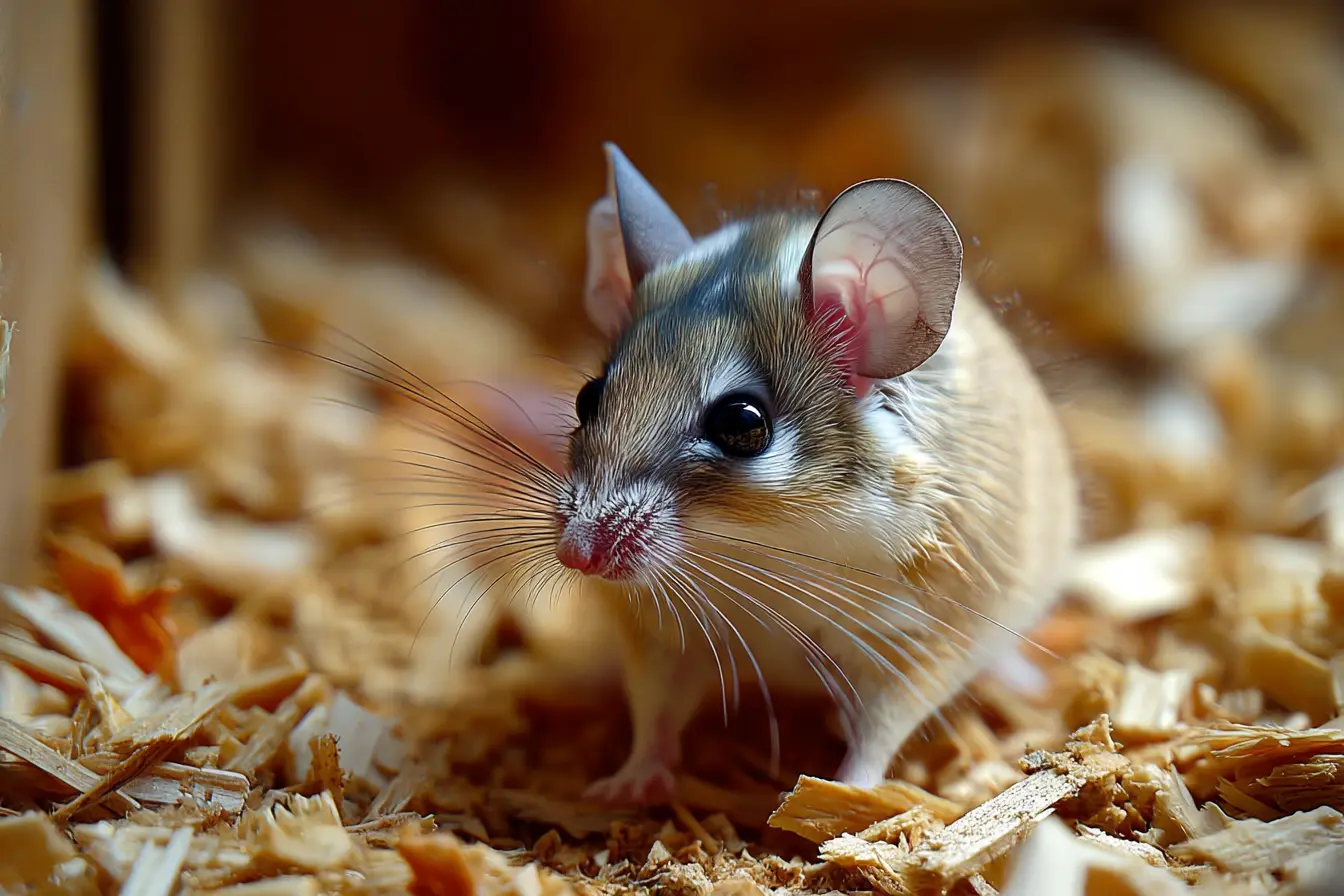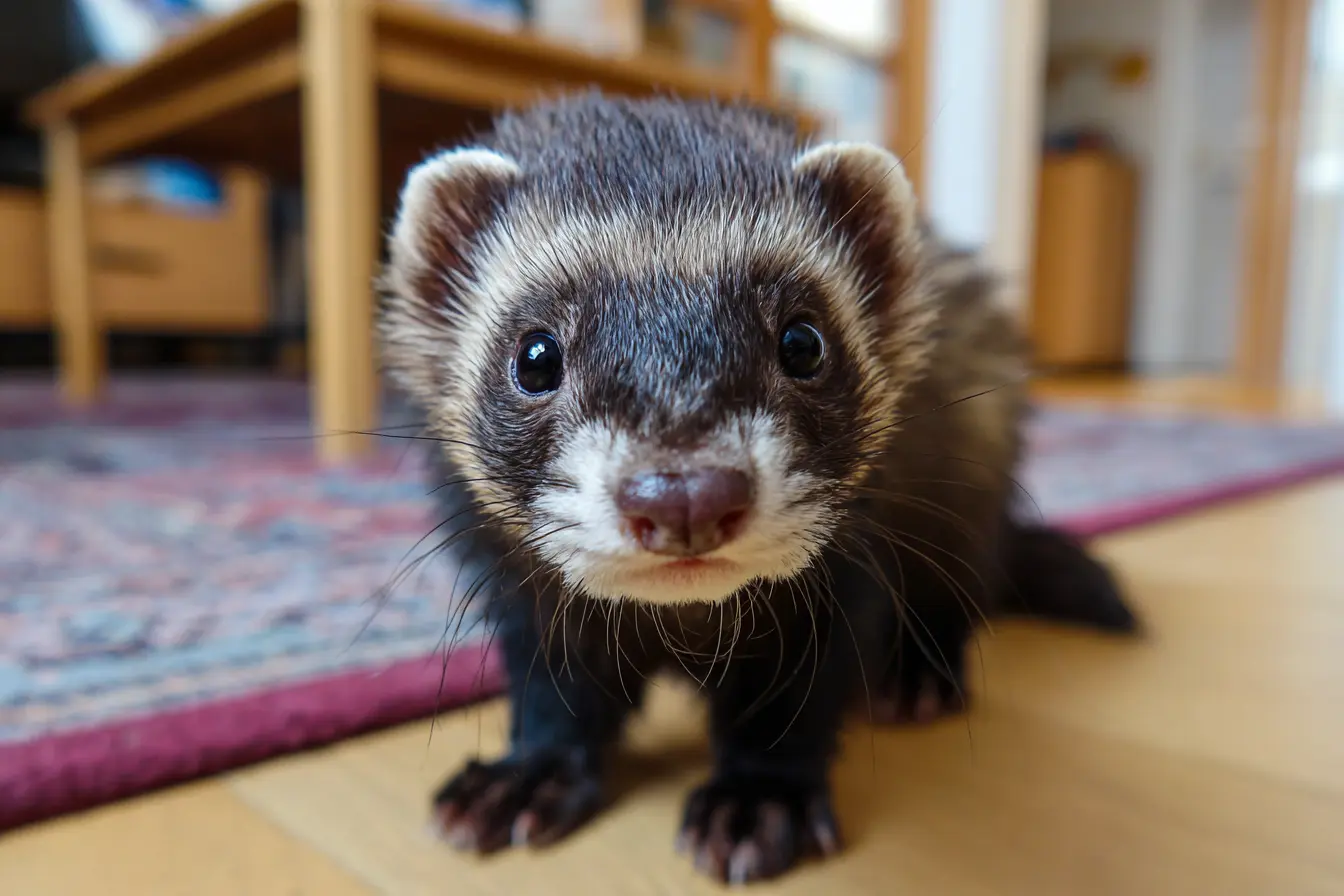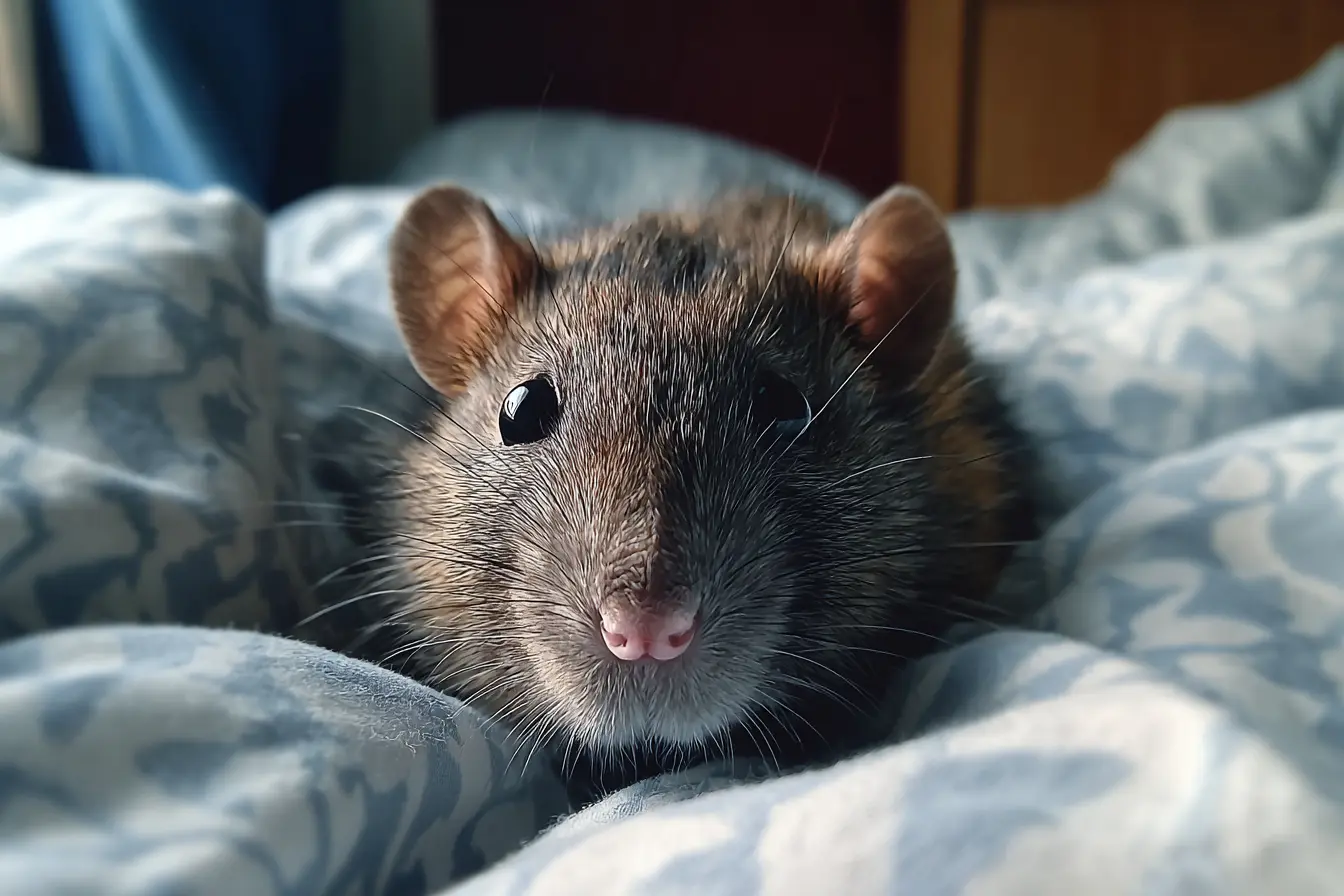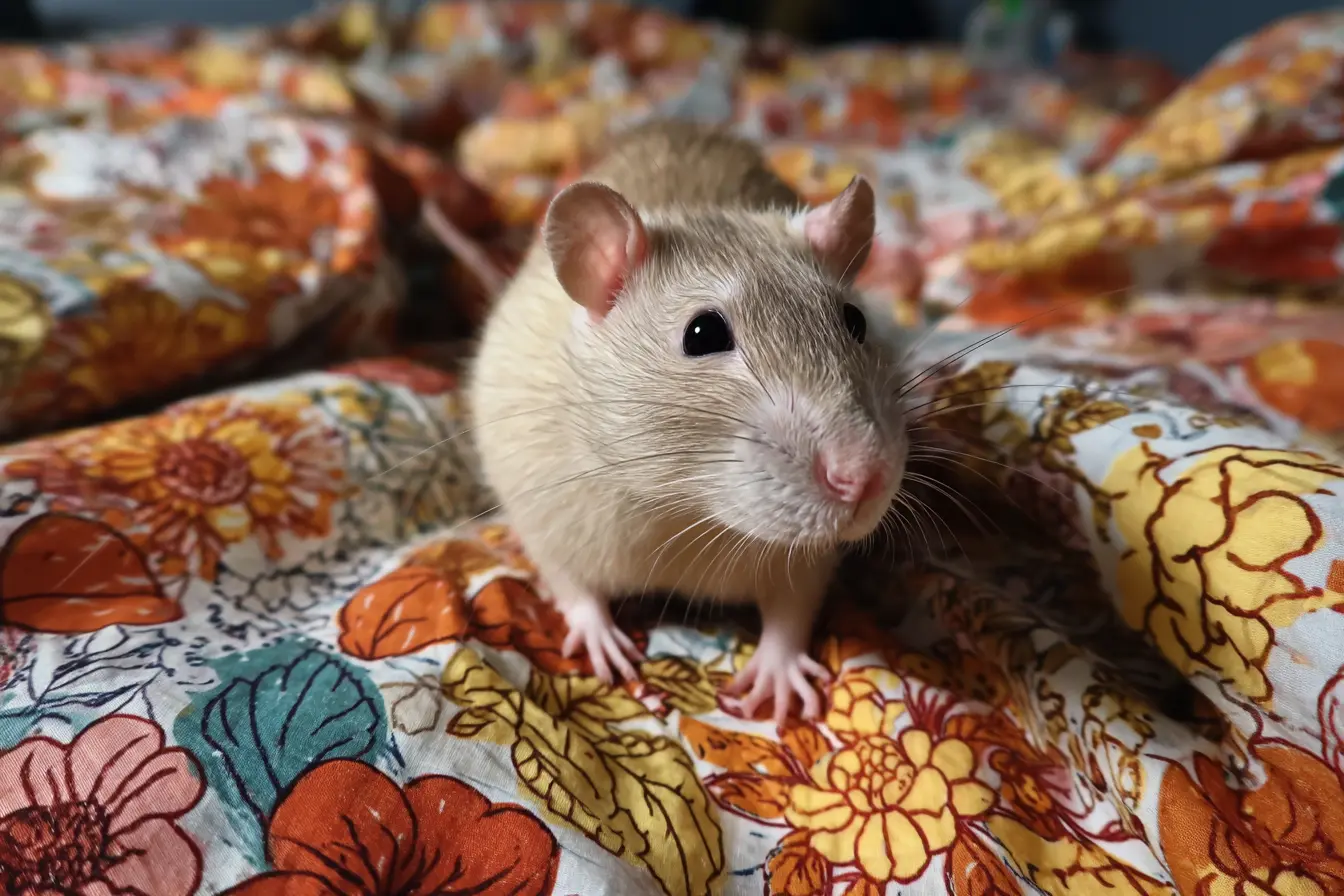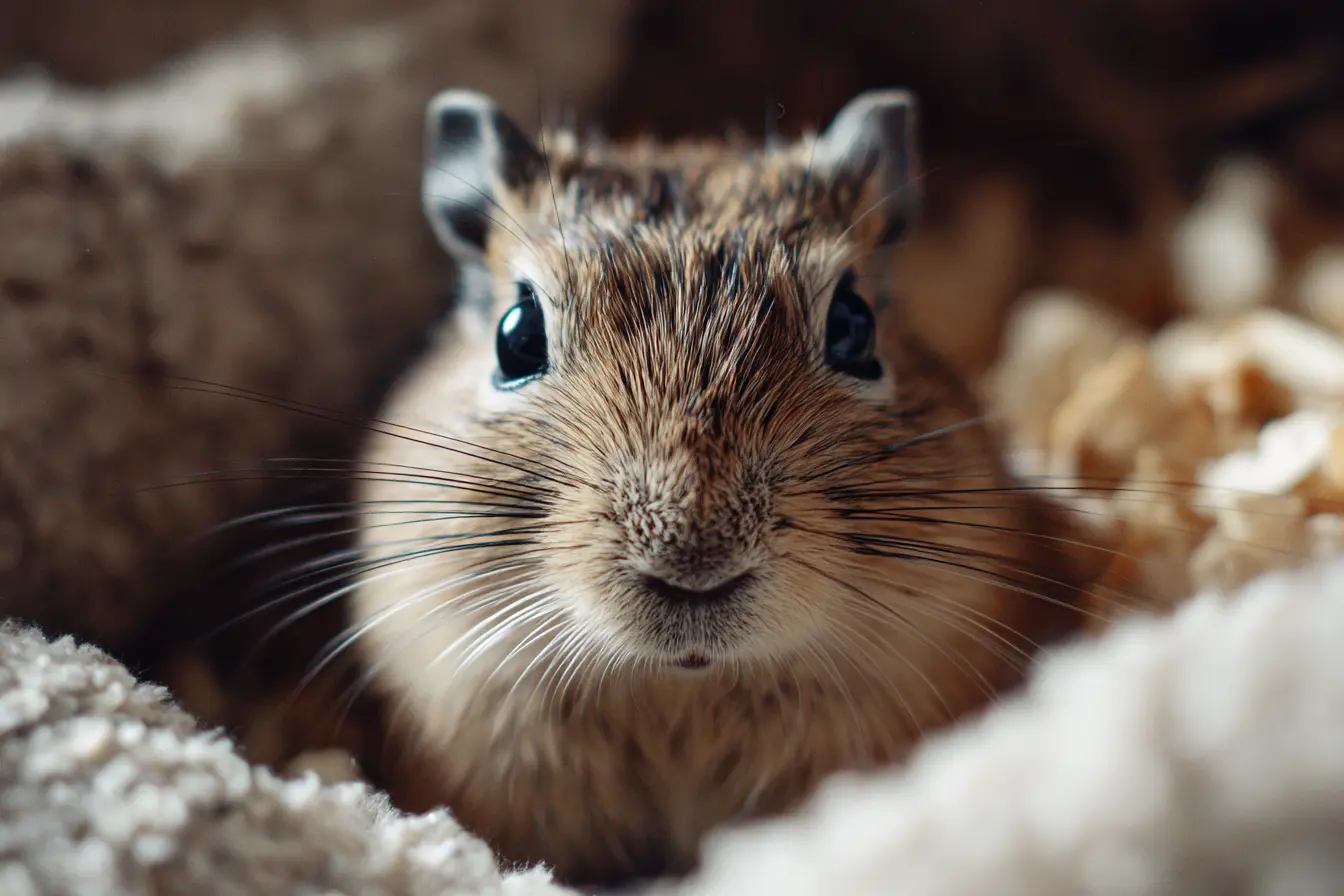
Choosing the Right Cage for a Pet Gerbil
Gerbils are energetic, inquisitive, and social creatures that thrive in the right environment. Their cage is far more than a place to sleep — it must support their need to burrow, dig, chew, and play. A suitable habitat will promote their natural behaviours, reduce stress, and contribute to a long and healthy life. This guide covers everything you need to know about choosing the right cage for pet gerbils.
Understanding a Gerbil’s Needs
In the wild, gerbils live in complex underground tunnels and are constantly active. They dig, chew, climb, and interact with their companions throughout the day. Any cage you choose must support these natural instincts.
Gerbils are also highly social and must be kept in same-sex pairs or small groups. Loneliness can lead to anxiety, depression, and even physical decline. Always plan your enclosure with multiple gerbils in mind.
Space and Size Considerations
Gerbils need both floor space and depth for digging. A good minimum is 80 x 40 cm of floor area for two gerbils, but more space is always better. What really sets gerbils apart from other small pets is their need for deep bedding — at least 20 cm of substrate is essential for digging tunnels and nests.
A cage that provides both a deep base and access to an upper level is ideal. This allows for a natural separation between their digging area and feeding or enrichment zones.
The Ideal Type of Cage
Standard wire cages are not suitable for gerbils. They do not support deep bedding and often allow substrate to be kicked out. The best types of cages for gerbils include:
- Glass tanks or aquariums with a mesh lid
- Gerbilariums, which combine a tank base with an upper wire section
- Large bin cages that are modified with ventilation and secure lids
These enclosures allow for plenty of substrate, are secure, and provide good visibility.
Ventilation and Lid Design
Although tanks and bins offer great depth for bedding, ventilation is crucial to prevent moisture and odour build-up. A secure mesh lid is essential to ensure proper airflow and prevent escapes.
The lid must be chew-proof and secure, as gerbils are surprisingly strong and determined. Avoid lids made from plastic or loosely fitting materials.
Substrate and Bedding Depth
Gerbils are natural diggers. They require a minimum of 20 cm of substrate, with 25–30 cm being ideal. Without this, they can become stressed, bored, and unhealthy.
Suitable substrates include:
- Paper-based bedding
- Aspen shavings
- Hemp bedding
- Hay mixed into the bedding for structural support
Avoid pine or cedar shavings, as the aromatic oils can damage a gerbil’s respiratory system.
To help tunnels stay intact, combine different textures of bedding or add hay and shredded paper. They will rearrange it to build complex networks of nests and chambers.
Multi-Level Options
While gerbils are not as agile climbers as rats or mice, they still enjoy exploring upper levels. If your cage includes shelves or platforms, make sure they are stable and not too high. Falls from great heights can cause injury.
Use ramps or ladders with textured surfaces to prevent slipping. Solid wooden platforms or mesh shelves with secure coverings are ideal.
Chewing and Cage Materials
Gerbils have ever-growing teeth and need constant access to items they can gnaw. Your cage must be made from chew-resistant materials. Glass and metal are ideal. Avoid cages with exposed plastic parts, as gerbils will chew through them quickly, potentially escaping or injuring themselves.
Provide chew toys made from safe woods, cardboard tubes, coconut shells, or untreated willow.
Enrichment and Accessories
A stimulating environment is essential to keep gerbils active and healthy. Enrichment should include:
- Wheels: Solid-surface wheels with a minimum diameter of 20 cm. Avoid wire wheels, which can injure feet and tails.
- Tunnels and hides: Cardboard tubes, wooden houses, or ceramic shelters
- Sand bath: Chinchilla sand (not dust) offered regularly to help maintain their coat
- Climbing items: Small wooden platforms, branches, or logs
- Chew toys: To satisfy gnawing needs and prevent dental problems
- Nesting material: Shredded paper or hay for building nests
Rotate toys regularly and change up the layout to keep your gerbils engaged.
Cleaning and Hygiene
Gerbils produce very little waste and have dry droppings, so their enclosures don’t need cleaning as frequently as other rodents. Full clean-outs should be done every two to three weeks, depending on cage size and the number of gerbils.
Spot-clean soiled areas regularly and keep food and water areas tidy. When cleaning, retain a small amount of the old bedding to help preserve the familiar scent and reduce stress after cleaning.
Cage Location in the Home
Place your gerbil enclosure in a quiet, stable environment away from direct sunlight, loud noises, and draughts. Gerbils are sensitive to temperature extremes and should be kept in a room between 18–24°C.
Avoid placing the cage near televisions, stereos, or kitchens. Gerbils are prey animals and are easily startled by sudden movement or noise.
Social Housing Considerations
Always house gerbils in pairs or groups, ideally of the same sex to prevent breeding. Littermates tend to get along best, but non-littermate pairs can be introduced carefully using a split cage method.
Ensure your cage is large enough to accommodate multiple gerbils, with several hiding spots, tunnels, and enrichment items to reduce tension and competition.
Summary
A good gerbil cage supports their natural instincts to dig, chew, and explore. It should offer deep bedding, secure chew-proof materials, proper ventilation, and enough space for enrichment and social living. With the right setup, your gerbils will stay active, healthy, and happy.
Contents
Tags
Vets near you
Speciality vets
- Aquatics vet specialists
- Birds vet specialists
- Camelids vet specialists
- Cats vet specialists
- Cattle vet specialists
- Deer vet specialists
- Dogs vet specialists
- Equines vet specialists
- Exotic vet specialists
- Goats vet specialists
- Pigs vet specialists
- Poultry vet specialists
- Sheep vet specialists
- Small Mammals vet specialists
- Wild vet specialists
